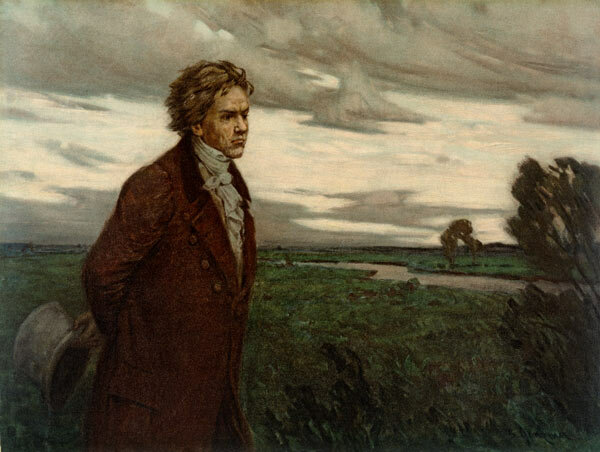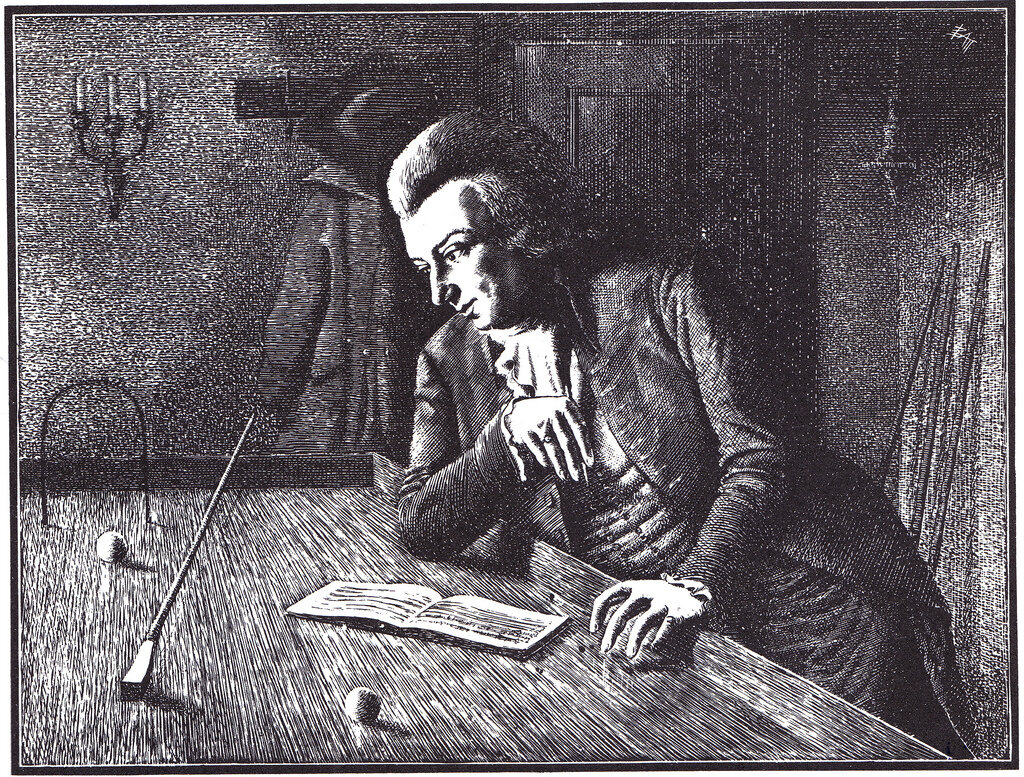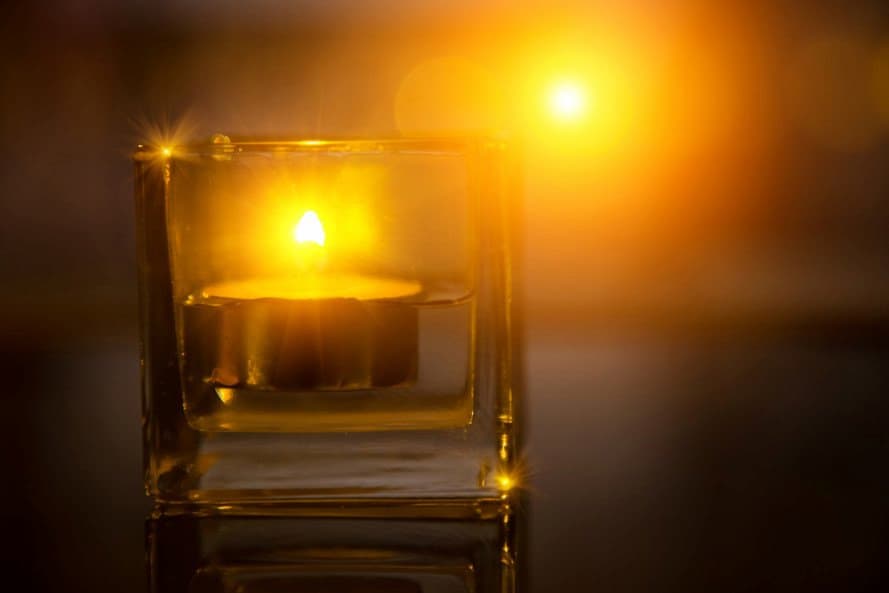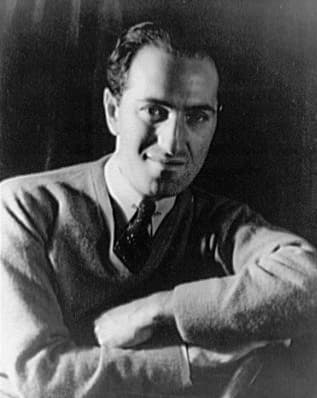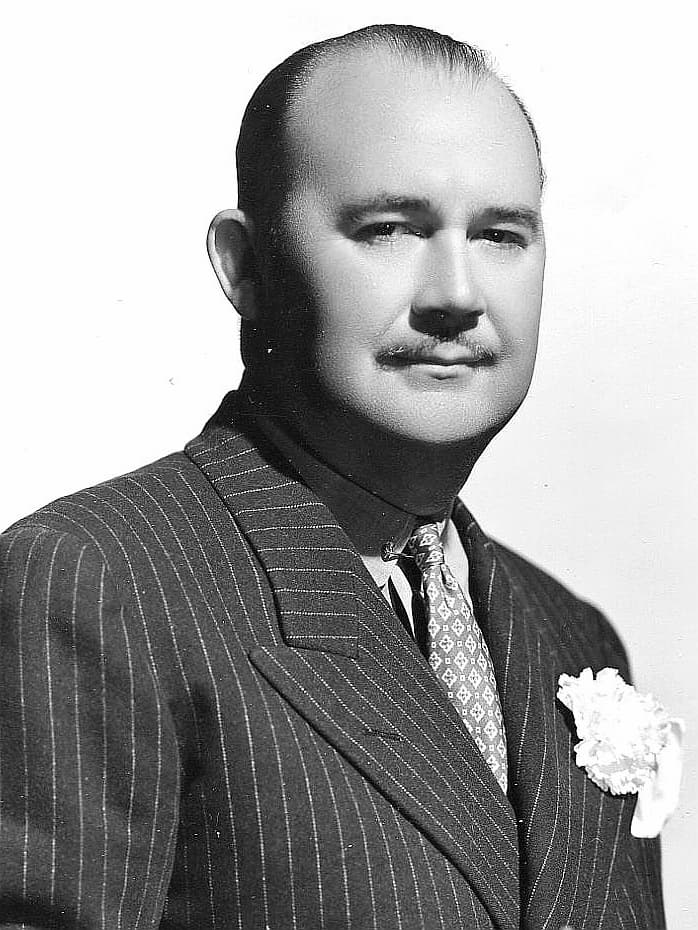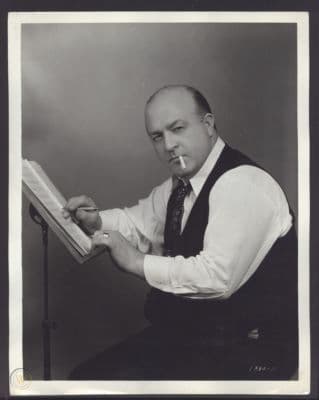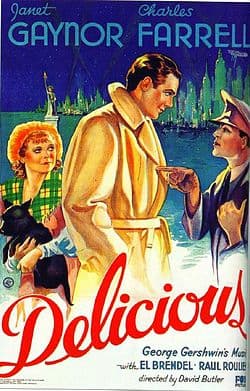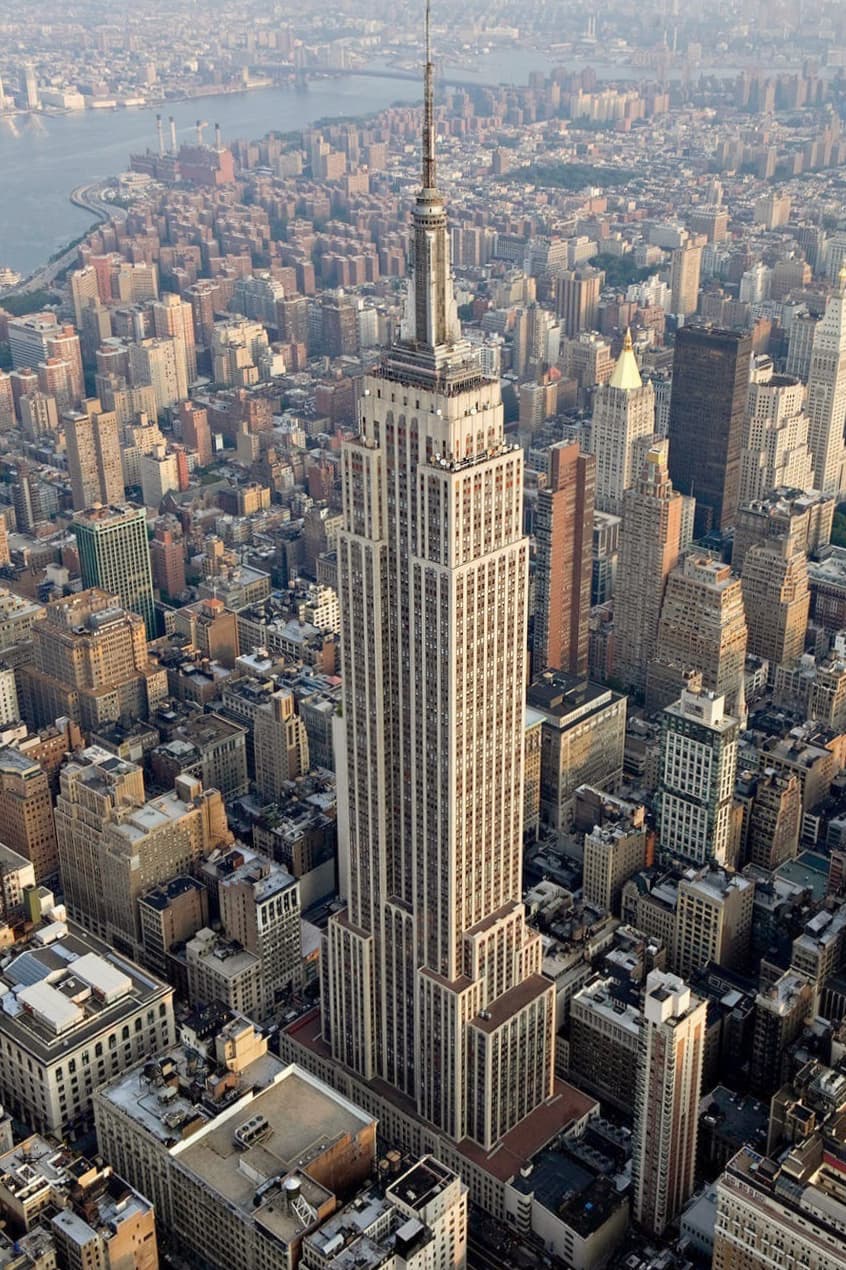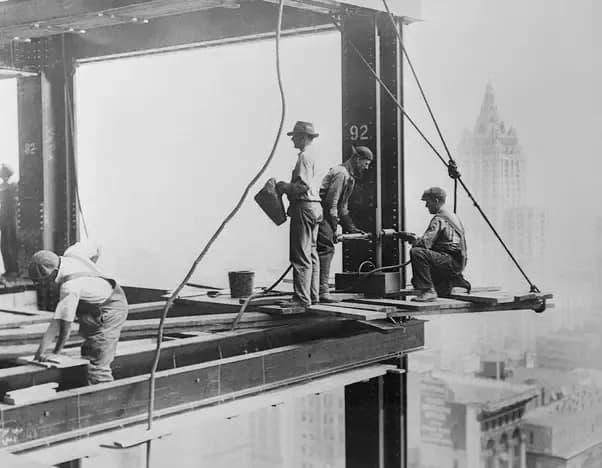BY MANILA BULLETIN ENTERTAINMENT
AT A GLANCE
rienne's sonic tapestries are carefully woven from the threads of their own life story, intertwining catchy melodies with introspective lyricism. As they navigate the ever-changing landscapes of love, identity, and self-discovery, their songs become powerful vessels that reflect the universal struggles and triumphs of their generation. With each heartfelt note, rienne invites listeners to explore the vast spectrum of human emotions, celebrating the beauty of individuality and embracing the complexities of the human experience.

In their latest single, "Liwanag," singer-songwriter rienne takes us on an emotional journey, capturing the essence of both the elation and heartache that come with the experience of new love. Inspired by the warmth of a rising sun and the bittersweet anticipation of what lies ahead as they pour their heart into this soul-stirring ballad.
rienne's sonic tapestries are carefully woven from the threads of their own life story, intertwining catchy melodies with introspective lyricism. As they navigate the ever-changing landscapes of love, identity, and self-discovery, their songs become powerful vessels that reflect the universal struggles and triumphs of their generation. With each heartfelt note, rienne invites listeners to explore the vast spectrum of human emotions, celebrating the beauty of individuality and embracing the complexities of the human experience.
After releasing several bops last year like their single "honey," and having their songs featured in the iWantTFC series Sleep With Me, and concluding the year by unleashing the empowering anthem "HINDI KITA KAILANGAN", rienne now gifts us with a new musical creation that radiates with even more brilliance. This time, mix and mastered by Nick Lazaro, with executive producer Ricky Del Rosario Ilacad, under Off The Record Label.
In an interview, rienne explained that "Liwanag" is about the feeling of falling asleep next to someone you adore and knowing that they might have to leave when you wake up."
It's about that moment when you stay in that warm, safe morning sunlight. You hope the sunlight (aka your person) won't leave because you know you aren't going anywhere.”
WATCH rienne answers fan questions: https://youtu.be/vMumrQm1nZA
An interesting fact about their latest single is that rienne wrote “Liwanag” years ago when they were still in college and inspired by a local Filipino band. ”They said that they wanted to write a song that is somehow optimistic but still captured the bittersweet feeling of new love.
In rienne’s latest single, we get to know how "Liwanag" is a reflection of that precious moment. It encapsulates the longing and vulnerability that accompany such a situation, as well as the desire to hold onto the fleeting moments of happiness.
rienne's identity as a queer artist brings a powerful and necessary perspective to their craft. Their music becomes a vessel for self-expression, channeling the triumphs and struggles of the LGBTQ+ community into melodies that speak volumes. By fearlessly embracing their truth, rienne becomes a beacon of hope for those who may feel unheard or invisible, offering a voice that celebrates the diversity and resilience of their community. Releasing “Liwanag” during pride month is a hopeful treat for everybody! We surely can’t wait to hear this live or through different streaming platforms once released!
Hailing from the vibrant streets of Pasig City, Philippines, and now finding their creative haven in the enchanting landscapes of West Virginia, USA, rienne emerges as a queer alt-indie pop artist with a distinct musical identity. Their artistic journey is deeply intertwined with their personal experiences as a proud member of the LGBTQ+ community, infusing their music and lyricism with the raw emotions and unique perspectives of a Gen Z individual.
